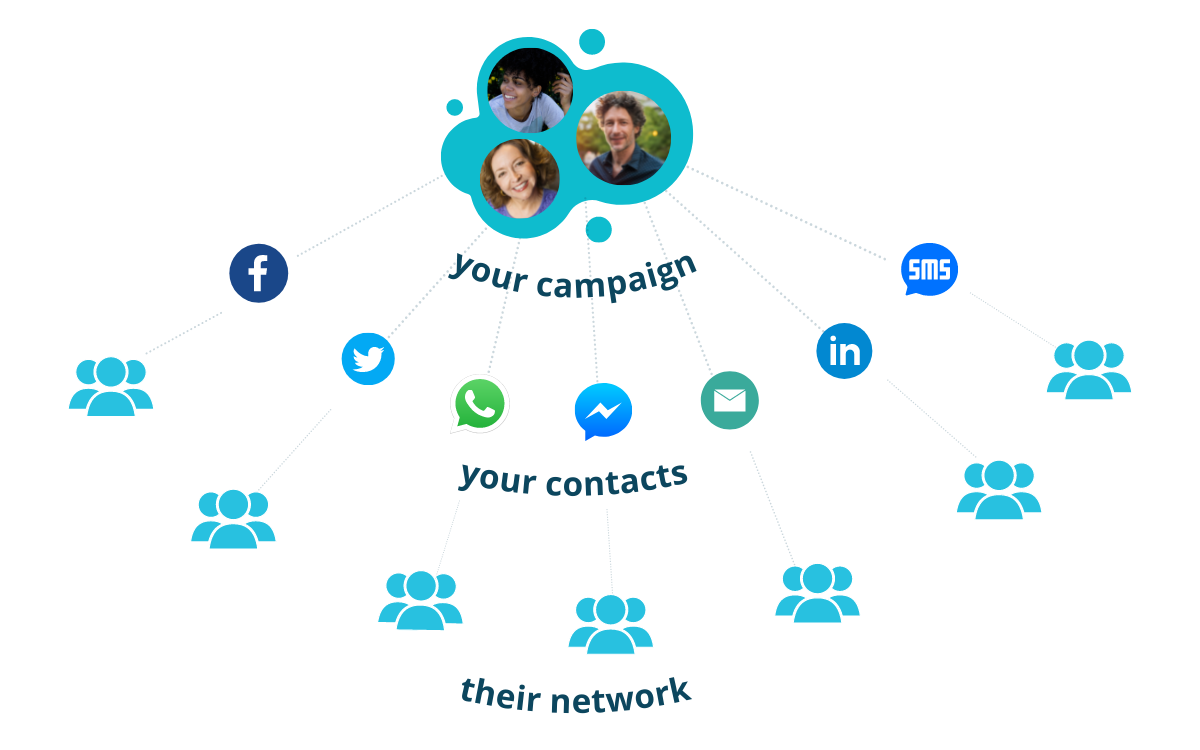
Year-end giving is a pivotal time for charities and nonprofits, often contributing 30-60% of their annual revenue in the last quarter. Direct mail has long been a cornerstone of these efforts, serving as a vital tool to engage donors and raise funds. But what happens when external factors, like postal disruptions, affect this critical channel?
Direct mail isn’t just about sending letters—it’s often the backbone of fundraising campaigns, generating unrestricted revenue that supports salaries, rent, and mission-critical work. It also triggers a significant portion of online giving, with 60% of digital donations inspired by direct mail campaigns. A disruption can suppress both streams, creating financial challenges for organizations reliant on year-end fundraising.
To navigate these challenges, nonprofits can adopt alternative strategies to stay connected with their supporters and keep donations flowing:
1. Increase Email Communications

Leverage digital tools like our Community CRM to create, schedule, and send targeted email campaigns. Keep communication frequent throughout December to maintain the momentum from Giving Tuesday and inspire year-end contributions.
For example, your organization is planning to launch a campaign to turn one-time donors into subscribing donors. How do you find and reach this specific audience?
With Community CRM, you can create, filter, and save custom audiences based on:
- Custom tags
- Campaign
- Rewards purchased
- Member type (subscriber, contributor, patron, or fundraiser)
- Role (supporters, campaign members, sub-campaign members, or staff)
2. Add Donate Buttons and Widgets to Your Website

Make it simple for supporters to give online by adding a donate button or smart widgets on your website. You can easily embed your campaign without any coding or help from a developer. If you have more than one campaign, you can even create a collection widget like grid or a carousel!
A frictionless online experience encourages more donors to contribute.
3. Use Dark Social Channels

Diversify your communication channels and get into dark social to drive the biggest impact this holiday giving. Share campaign links directly through private messaging platforms like WhatsApp and Facebook Messenger.
Most of these channels (private chats) are called “dark” channels because there is no visibility to track conversations. It is believed that more than 70% of sharing is currently happening through dark social and not public social media channels as people prefer to share news, updates or recommendations with closed communities in a more private, personalized manner. These private chats also boast the highest open rate (95% compared to 20-30% email open rate), which means that it is very likely that your message is going to be seen.
Personalized approaches can effectively engage donors without relying on traditional channels.
4. Make It Personal With a Phone Call
Pick up the phone and connect with your supporters. Thank them for their past contributions, share updates, and invite them to make their year-end gift. This direct outreach builds rapport and can encourage immediate action.
5. Be Transparent About Why Their Support Matters
Explain to donors why their help is more crucial than ever at this time of the year. Disruptions in mail services impact the ability to send traditional appeals, so online donations and sharing the campaign online with their network are vital to your nonprofit’s success. Transparency fosters trust and encourages immediate action.
To go one step further, break down exactly how the contributions will be used. Supporters are more likely to give if they know how their donations are being used, where it is going, and how it will help the cause.
Why Is This Important
For many organizations, the final months of the year are critical for raising funds that sustain operations, pay staff, and deliver vital services. A disruption in direct mail doesn’t just impact immediate donations—it can also affect donor engagement, long-term relationships, and mission impact.
By pivoting to digital tools and personal communication strategies, nonprofits can overcome these obstacles, maintain donor trust, and even discover new ways to strengthen their fundraising efforts year-round.
Turn challenges into opportunities—explore resources and tools to keep your campaigns on track, no matter what.



